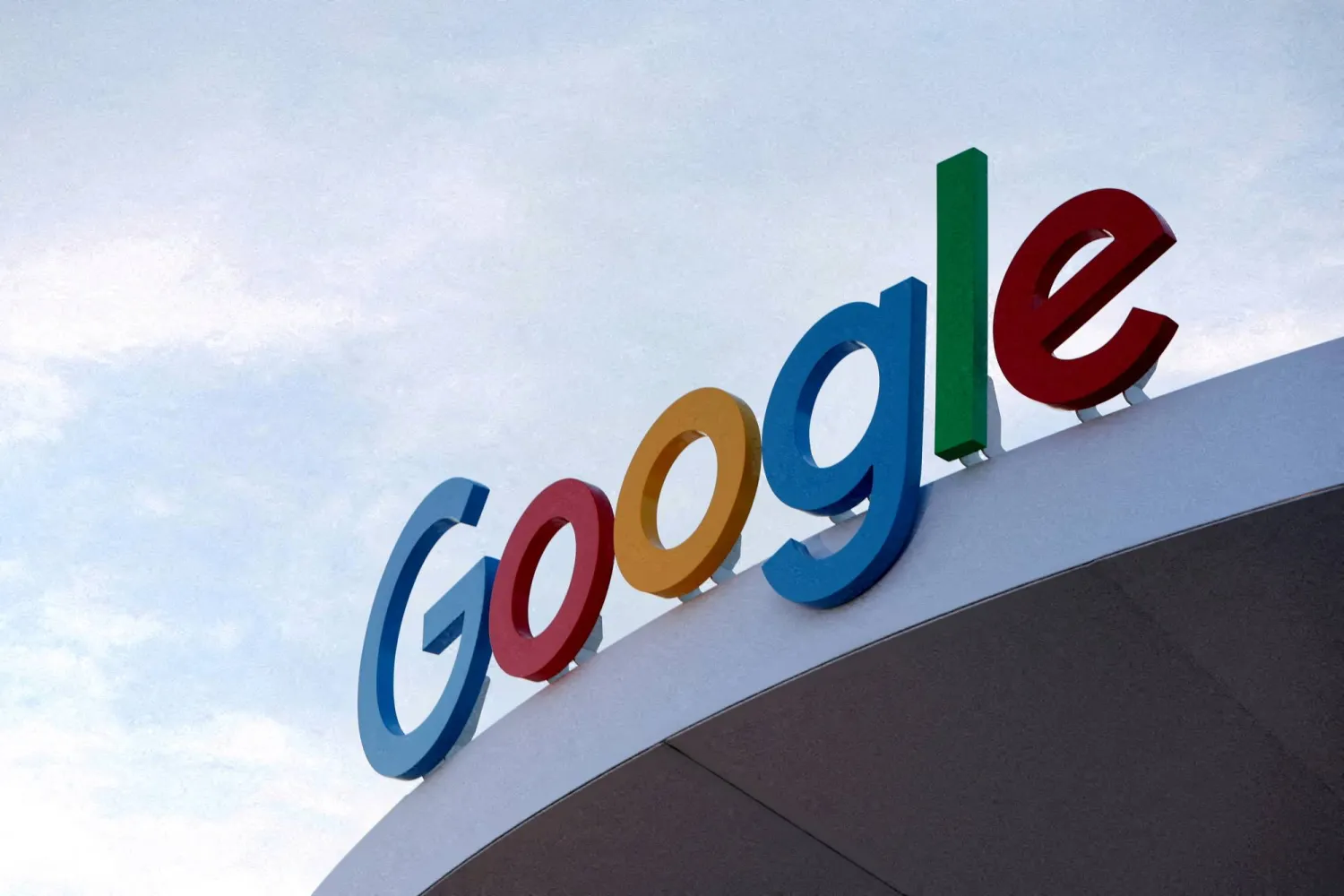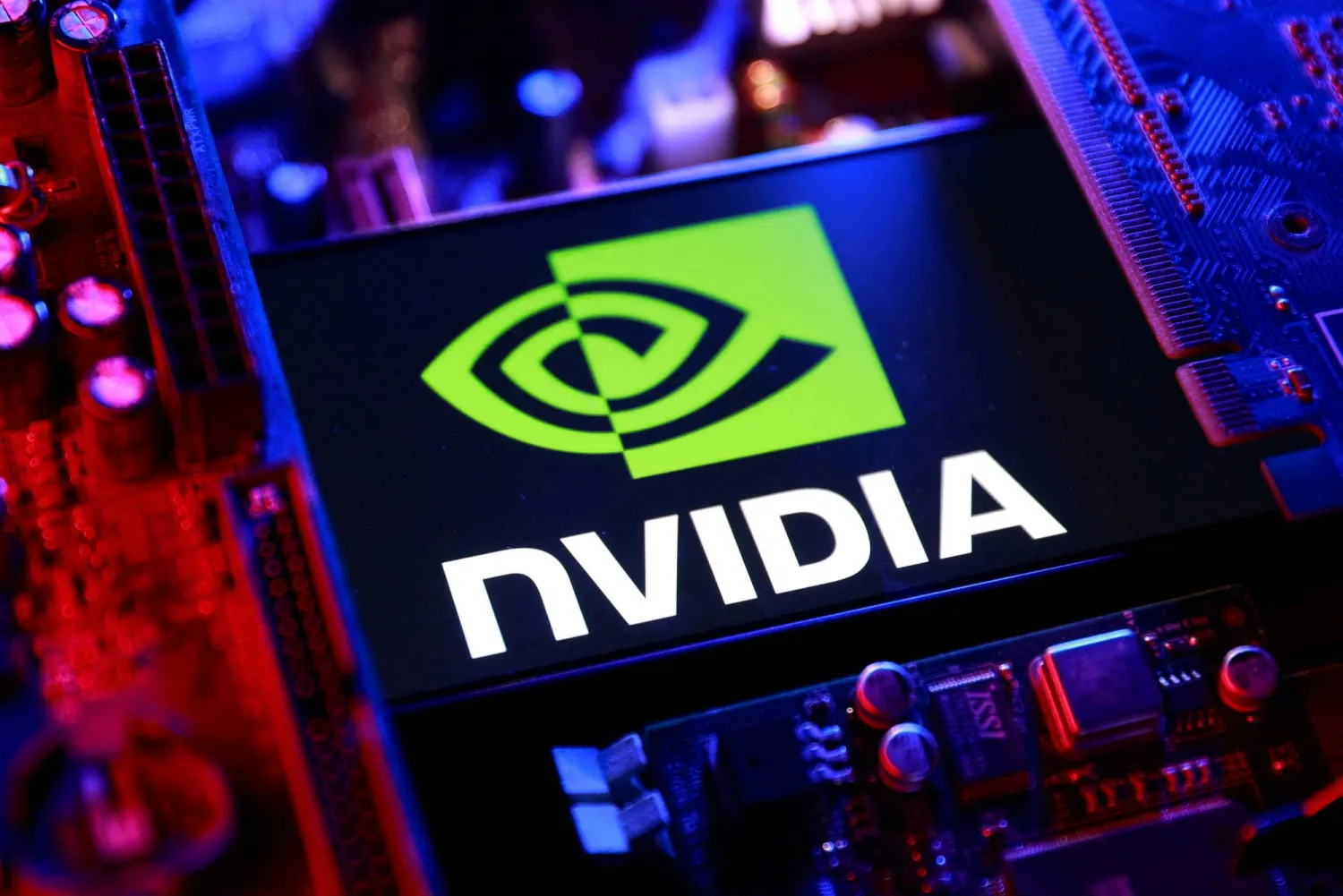Google plans to invest $2 billion in Malaysia, developing its first data center and a Google Cloud hub in the latest big foray by a US tech giant in the Southeast Asian country.
According to The Associated Press, the news follows Microsoft's recent announcement that it would put $2.2 billion over the next four years into building Malaysia’s new cloud and artificial intelligence infrastructure.
Prime Minister Anwar Ibrahim hailed Google’s investment as a sign of faith in Malaysia’s governance and economy. Anwar said Thursday that the investment is expected to add $3.2 billion to the economy and create 26,500 jobs by 2030.
The investments are a coup for Anwar as he seeks to consolidate his strength against a strong Islamic opposition.
Google said in a statement that the new hubs will be developed at a business park in central Malaysia's Selangor state, to meet growing demand for cloud services and for artificial intelligence literacy programs for Malaysian students and educators.
Malaysia will be the 12th country to house a Google data center. The Malaysian Google Cloud hub — which will deliver services to large enterprises, startups and the public sector, will join 40 regions and 121 zones currently in operation around the world, it said.
“This investment builds on our partnership with the government of Malaysia to advance its ‘Cloud First Policy,’ including best-in-class cybersecurity standards,” said Ruth Porat, Alphabet Inc.'s president and chief financial officer.
Anwar met with Porat and other business leaders during visits to the US last year.
Google to Invest $2 Billion in Malaysian Data Center, Cloud Hub

FILE PHOTO: The Google logo is seen on the Google house at CES 2024, an annual consumer electronics trade show, in Las Vegas, Nevada, US January 10, 2024. REUTERS/Steve Marcus/File Photo

Google to Invest $2 Billion in Malaysian Data Center, Cloud Hub

FILE PHOTO: The Google logo is seen on the Google house at CES 2024, an annual consumer electronics trade show, in Las Vegas, Nevada, US January 10, 2024. REUTERS/Steve Marcus/File Photo
لم تشترك بعد
انشئ حساباً خاصاً بك لتحصل على أخبار مخصصة لك ولتتمتع بخاصية حفظ المقالات وتتلقى نشراتنا البريدية المتنوعة







